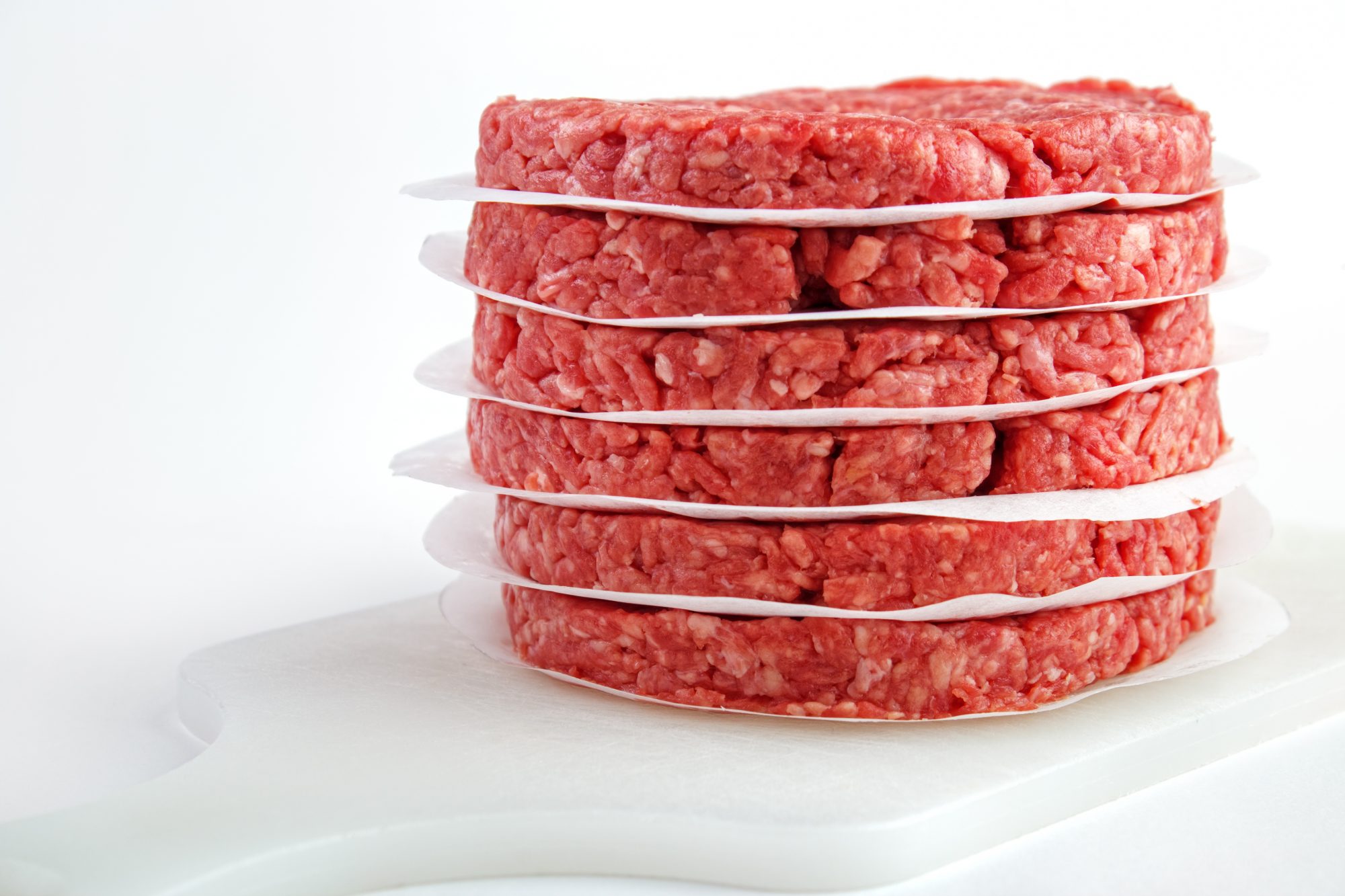

Articles
How To Store Raw Ground Beef
Modified: October 19, 2024
Learn how to properly store raw ground beef to maintain its freshness and safety. Read our informative articles for expert tips and advice.
(Many of the links in this article redirect to a specific reviewed product. Your purchase of these products through affiliate links helps to generate commission for Storables.com, at no extra cost. Learn more)
Introduction
Raw ground beef is a versatile ingredient that is used in a wide variety of delicious recipes. Whether you’re making burgers, meatballs, or tacos, it’s important to store raw ground beef properly to ensure its safety and freshness. By following a few simple guidelines, you can extend the shelf life of your raw ground beef and keep it free from harmful bacteria.
In this article, we will guide you through the best practices for storing raw ground beef. We will cover the ideal storage temperature, packaging methods, refrigerator placement, freezing techniques, thawing methods, shelf life, signs of spoilage, and important safety considerations. By understanding these key points, you can maintain the quality and safety of your ground beef, ensuring that every meal you prepare is delicious and safe to eat.
So, let’s dive in and learn how to store raw ground beef properly!
Key Takeaways:
- Properly storing raw ground beef is crucial for maintaining its freshness and safety. From refrigeration to freezing and recognizing spoilage, following the right steps ensures delicious and safe meals.
- By prioritizing safety considerations and proper storage techniques, you can confidently enjoy the versatility of raw ground beef in your favorite recipes. Maintain freshness, minimize risks, and savor the flavors!
Read more: How To Store Raw Beef
Storage Temperature
One of the most crucial factors in maintaining the quality and safety of raw ground beef is storing it at the right temperature. Raw ground beef should always be kept refrigerated or frozen to prevent the growth of harmful bacteria.
The ideal storage temperature for raw ground beef is 40°F (4°C) or below. At this temperature, the growth of bacteria is slowed down significantly, reducing the risk of spoilage and foodborne illnesses. It’s important to note that the temperature should be consistent throughout the storage period, as fluctuations can promote bacterial growth.
If you’re keeping raw ground beef in the refrigerator, ensure that the temperature is set to below 40°F (4°C). Use a refrigerator thermometer to monitor the temperature regularly, as it can vary in different parts of the refrigerator. Keep the ground beef in the coldest part of the refrigerator, which is usually the bottom shelf, to maintain a consistently low temperature.
If you’re planning to store raw ground beef for an extended period or if you have excess quantities, it’s advisable to freeze it. Freezing the ground beef not only helps to preserve its quality but also extends its shelf life.
When freezing raw ground beef, set your freezer temperature to 0°F (-18°C) or lower. This temperature ensures that the beef freezes quickly and prevents the growth of bacteria. It’s important to note that frozen ground beef should be used within a specific time frame to maintain its flavor and texture.
By storing raw ground beef at the correct temperature, you can minimize the risk of bacterial growth and ensure that your meat remains fresh and safe to consume.
Packaging
Proper packaging plays a vital role in preserving the quality and preventing contamination of raw ground beef. By using the right packaging materials and techniques, you can keep your meat safe and maintain its freshness.
When purchasing raw ground beef from a grocery store or butcher, it usually comes packaged in plastic wrap or a sealed tray with a plastic cover. If the packaging is intact and the meat has not reached its expiration date, you can store it as is in the refrigerator or freezer.
However, if you need to repackage the ground beef, it’s important to choose appropriate materials. Use airtight containers or freezer bags to prevent air and moisture from coming into contact with the meat. This not only helps maintain its quality but also prevents freezer burn.
Ensure that the packaging materials are specifically designed for freezing and are labeled as “freezer-safe.” These materials are thicker and more durable, providing an extra layer of protection against freezer burn and potential contamination.
Before packaging the ground beef, divide it into smaller portions based on your usage needs. This will allow you to thaw and use only the amount you need, reducing wastage. Additionally, smaller portions freeze and thaw more quickly and evenly.
When packaging the smaller portions, remove as much air as possible from the container or freezer bag before sealing it. Air can promote freezer burn and lead to a decrease in the meat’s quality. You can use the “saran wrap” method by pressing the wrap against the meat’s surface or utilize a vacuum sealer for an even more airtight seal.
Don’t forget to label each package with the date of packaging. This will help you keep track of the ground beef’s freshness and ensure that you use the oldest packages first.
By using proper packaging techniques, you can maintain the quality, flavor, and safety of your raw ground beef, allowing you to enjoy delicious meals whenever you need them.
Location in the Refrigerator
Where you place raw ground beef in the refrigerator is just as important as the storage temperature. Proper placement can help maintain the quality of the meat and prevent cross-contamination with other foods.
The coldest part of the refrigerator is usually the bottom shelf. This is where the temperature remains the most consistent and the risk of cross-contamination is minimized. Therefore, it’s recommended to store the raw ground beef on the bottom shelf, away from ready-to-eat foods or any items that could potentially leak or drip onto the meat.
If possible, dedicate a specific area in the refrigerator for raw meat to further reduce the risk of cross-contamination. This can be done by using a shallow tray or a plastic bin to contain the meat and prevent any juices from coming into contact with other food items.
It’s important to store raw ground beef separately from other foods, especially those that will be consumed raw or without further cooking. This includes fruits, vegetables, and ready-to-eat meals. Raw meat can potentially harbor harmful bacteria, and it’s important to prevent any cross-contamination that could lead to foodborne illnesses.
If you have raw ground beef that is close to its expiration date and you won’t be using it in the near future, you can also consider moving it to the freezer to extend its shelf life. Just make sure to package it properly before freezing to maintain its quality.
By storing raw ground beef on the bottom shelf, separating it from other foods, and taking steps to prevent cross-contamination, you can ensure that your meat remains safe and of the highest quality.
Freezing Raw Ground Beef
Freezing raw ground beef is an excellent way to extend its shelf life and ensure that it remains safe to eat. Freezing not only slows down the growth of bacteria but also helps to maintain the meat’s flavor and texture over an extended period.
When freezing raw ground beef, it’s crucial to do it as soon as possible, especially if the meat is close to its expiration date. This will help preserve its freshness and quality. Here’s a step-by-step guide on how to freeze ground beef:
- Start by dividing the ground beef into smaller portions based on your needs. This could be in the form of patties, meatballs, or just smaller portions of loose ground beef.
- Place each portion in an airtight freezer bag or wrap it tightly with plastic wrap. Ensure that the packaging materials are specifically labeled as “freezer-safe” to prevent freezer burn and maintain the meat’s quality.
- Remove as much air as possible from the packaging before sealing it. Excess air can lead to freezer burn and affect the taste and texture of the meat.
- Label each package with the date of freezing to keep track of its freshness. Ground beef can be safely stored in the freezer for up to 3-4 months, but it’s best to use it within 2-3 months for optimal quality.
- Once the ground beef is packaged and labeled, place it in the freezer. Try to keep it in a single layer initially until it’s completely frozen. Once frozen, you can rearrange the packages to save space.
It’s essential to maintain a constant freezing temperature of 0°F (-18°C) or lower. This temperature ensures that the ground beef freezes quickly and prevents the growth of bacteria.
Remember, freezing stops the growth of bacteria but doesn’t eliminate it. Therefore, it’s crucial to thaw and cook the frozen ground beef properly to eliminate any potential bacterial contamination before consuming it.
By properly packaging and freezing raw ground beef, you can extend its shelf life and have a readily available ingredient for your favorite recipes whenever you need it.
Store raw ground beef in the coldest part of the refrigerator, preferably on the bottom shelf. Use or freeze it within 2 days of purchase to maintain freshness and prevent bacterial growth.
Read more: How To Store Unused Ground Beef
Thawing Frozen Ground Beef
Thawing frozen ground beef properly is essential to maintain its quality and ensure safe consumption. Improper thawing methods can lead to bacterial growth and compromise the meat’s flavor and texture. Here are a few recommended methods for thawing frozen ground beef:
- Refrigerator: Thawing ground beef in the refrigerator is the safest method as it maintains a consistent temperature. Simply transfer the frozen package of ground beef from the freezer to the refrigerator. Allow it to thaw slowly and evenly in the refrigerator for 24 to 48 hours, depending on the package’s size. It’s important to thaw the ground beef on a plate or in a container to catch any potential drippings.
- Cold Water Bath: If you’re short on time and need to thaw the ground beef more quickly, you can use the cold water bath method. Place the frozen package of ground beef in a leak-proof plastic bag and submerge it in a bowl of cold water. Change the water every 30 minutes to maintain a cold temperature. The ground beef should thaw in about 1-2 hours, depending on the package’s size. Avoid using warm water as it can promote bacterial growth.
- Microwave: Thawing ground beef in the microwave is the fastest method, but extra caution is required to ensure it thaws evenly and doesn’t begin to cook. Use the microwave’s defrost setting or, if unavailable, set it to a low power level. Remove the ground beef from any packaging that is not microwave-safe and place it on a microwave-safe plate. Thaw for short intervals, pausing to check the progress and flip the meat if needed.
Regardless of the thawing method you choose, it’s important to cook the ground beef immediately after it’s fully thawed. Do not refreeze the meat once it has been thawed, as it can affect the quality and safety of the ground beef.
Once the ground beef is thawed, handle it with clean hands and cook it to the recommended internal temperature of at least 160°F (71°C) to ensure that any potential bacteria present in the meat are killed.
By using proper thawing methods, you can safely thaw frozen ground beef, preserving its quality and ensuring a delicious and safe meal.
Shelf Life of Raw Ground Beef
The shelf life of raw ground beef depends on various factors, including its freshness at the time of purchase, storage conditions, and whether it has been frozen or not. Proper handling and storage practices are crucial to maximize the shelf life and maintain the quality of raw ground beef.
If kept in the refrigerator at a temperature of 40°F (4°C) or below, raw ground beef can generally be safely consumed within 1-2 days of purchase or the expiration date indicated on the packaging. However, it’s important to use your senses to determine if the meat is still fresh before cooking or consuming it. Look for any unusual discoloration, a strange odor, or a slimy texture, as these can be signs of spoilage.
If you’re unable to use the raw ground beef within the suggested timeframe, it’s recommended to freeze it. Freezing extends the shelf life significantly, allowing you to keep the ground beef for up to 3-4 months without a significant loss in quality. It’s crucial to package the meat properly in airtight freezer-safe containers or bags to prevent freezer burn and maintain its flavor and texture.
It’s important to note that while frozen ground beef may remain safe to consume beyond the recommended time frame, it might experience a slight decline in quality. Freezer burn, which can occur when the meat is exposed to air, can affect the taste and texture of the ground beef. Therefore, it’s best to use the frozen ground beef within 2-3 months for optimal flavor and quality.
Always remember to label each package with the date of freezing to keep track of its freshness and use the oldest packages first to prevent any wastage or spoilage.
It’s worth mentioning that these guidelines are general recommendations, and it’s important to use your best judgment when assessing the freshness and safety of raw ground beef. If you’re ever unsure about the quality or safety of the meat, it’s better to discard it and opt for fresh ground beef.
By following proper storage guidelines and paying attention to signs of spoilage, you can ensure that your raw ground beef remains fresh and safe to consume, providing you with delicious meals for your enjoyment.
Signs of Spoilage
Knowing the signs of spoilage is crucial in determining the freshness and safety of raw ground beef. Consuming spoiled meat can lead to foodborne illnesses and unpleasant dining experiences. Here are some common signs to look out for when assessing the condition of raw ground beef:
- Color Changes: Fresh raw ground beef typically has a bright red or cherry-red color. If the meat starts to turn brown or gray, it is a sign of oxidation and potential spoilage. Discoloration can occur on the surface or throughout the meat.
- Strange Odor: Fresh raw ground beef has a neutral or slightly iron-like scent. If the meat develops an unpleasant or pungent odor, resembling a sour, ammonia-like, or rotten smell, it indicates spoilage and bacterial growth.
- Texture Changes: A slimy or sticky texture is a warning sign of spoilage. Properly stored ground beef should have a relatively dry and tack-free surface. If it feels slimy or sticky to the touch, it is an indication that bacteria have started to multiply.
- Mold or Fungal Growth: If you notice any visible mold or fungal growth on the raw ground beef, it is a clear sign of spoilage. Mold growth can be fuzzy, green, blue, or white and should never be consumed.
- Unusual Liquid: Any excessive or unusual liquid accumulation in the packaging or around the ground beef is an indication of spoilage. This liquid can be reddish, brownish, or grayish in color and may have an off-putting odor.
It’s important to note that some changes in smell and color can occur naturally due to aging, especially if the ground beef has been stored for an extended period. In such cases, it’s important to rely on your judgment and use the other signs of spoilage as an additional confirmation.
If you observe any of these signs of spoilage, it’s best to discard the raw ground beef. Consuming spoiled meat can lead to food poisoning and other health issues. Always prioritize safety and freshness when it comes to consuming raw ground beef or any food product.
By being vigilant and attentive to these signs of spoilage, you can ensure that the ground beef you consume is safe and of the highest quality, allowing you to enjoy your meals without any concerns.
Safety Considerations
When handling and storing raw ground beef, it’s essential to follow proper safety practices to minimize the risk of foodborne illnesses. Here are some important safety considerations to keep in mind:
- Check the Expiration Date: Always check the expiration date on the packaging before purchasing and consuming raw ground beef. Avoid buying or using meat that has expired.
- Keep It Cold: Maintain the recommended storage temperature of 40°F (4°C) or below in the refrigerator for raw ground beef. Use a refrigerator thermometer to monitor the temperature regularly and ensure consistency.
- Prevent Cross-Contamination: Practice good hygiene and prevent cross-contamination between raw ground beef and other foods. Clean and sanitize all surfaces, utensils, and cutting boards that come into contact with raw meat to avoid the spread of harmful bacteria.
- Properly Package and Seal: Ensure that raw ground beef is packaged in airtight containers or freezer bags to prevent any leaks or drips. This will help prevent cross-contamination and maintain the meat’s freshness and quality.
- Thaw Safely: Use safe thawing methods to prevent bacterial growth. Thaw ground beef in the refrigerator, under cold running water, or in the microwave using the appropriate settings.
- Cook Thoroughly: Cook raw ground beef thoroughly to kill any potential bacteria. The internal temperature of ground beef should reach at least 160°F (71°C) to ensure its safety.
- Practice Cleanliness: Wash your hands thoroughly with soap and water before and after handling raw ground beef. This helps prevent the spread of bacteria and maintain food safety.
- Monitor for Spoilage: Regularly check raw ground beef for any signs of spoilage, such as changes in color, odor, texture, or the presence of mold. If in doubt, discard the meat to avoid any risks to your health.
It’s important to remember that ground beef is a perishable item and can harbor bacteria that may cause foodborne illnesses if not handled and cooked properly. By following these safety considerations, you can minimize the risk of contamination and ensure safe consumption of raw ground beef.
When in doubt about the safety or quality of the meat, it’s always better to err on the side of caution and dispose of the raw ground beef to protect your health and well-being.
By adopting these safety practices, you can confidently enjoy delicious meals made with raw ground beef without compromising your health or the health of your loved ones.
Read more: How To Store Cooked Ground Beef
Conclusion
Storing raw ground beef properly is essential for maintaining its quality, freshness, and safety. By following the guidelines outlined in this article, you can ensure that your ground beef remains delicious while minimizing the risk of foodborne illnesses.
From storage temperature to packaging, location in the refrigerator, freezing, thawing, and recognizing signs of spoilage, each step plays a crucial role in preserving the ground beef’s flavor and ensuring its safety for consumption.
Remember to store raw ground beef at a temperature of 40°F (4°C) or below, whether it’s in the refrigerator or freezer. Properly package the meat to prevent air and moisture exposure, and place it on the bottom shelf of the refrigerator to maintain a consistent cold temperature.
When freezing ground beef, divide it into smaller portions and use proper freezer-safe packaging. Thaw frozen ground beef safely, either in the refrigerator, using a cold water bath, or with the microwave’s defrost setting, ensuring it’s cooked immediately afterward.
Be vigilant in recognizing signs of spoilage such as discoloration, unusual odor, slimy texture, or mold growth. If any of these signs are present, it’s best to discard the ground beef to prevent any health risks.
Lastly, always prioritize safety by practicing good hygiene, preventing cross-contamination, thoroughly cooking ground beef, and maintaining a clean environment throughout the entire process.
By following these guidelines and safety considerations, you can enjoy the versatility and deliciousness of raw ground beef with confidence, knowing that you’ve taken the necessary steps to ensure its quality and safety.
So, go ahead and create your favorite recipes using properly stored raw ground beef, and savor the flavors of your culinary creations!
Frequently Asked Questions about How To Store Raw Ground Beef
Was this page helpful?
At Storables.com, we guarantee accurate and reliable information. Our content, validated by Expert Board Contributors, is crafted following stringent Editorial Policies. We're committed to providing you with well-researched, expert-backed insights for all your informational needs.
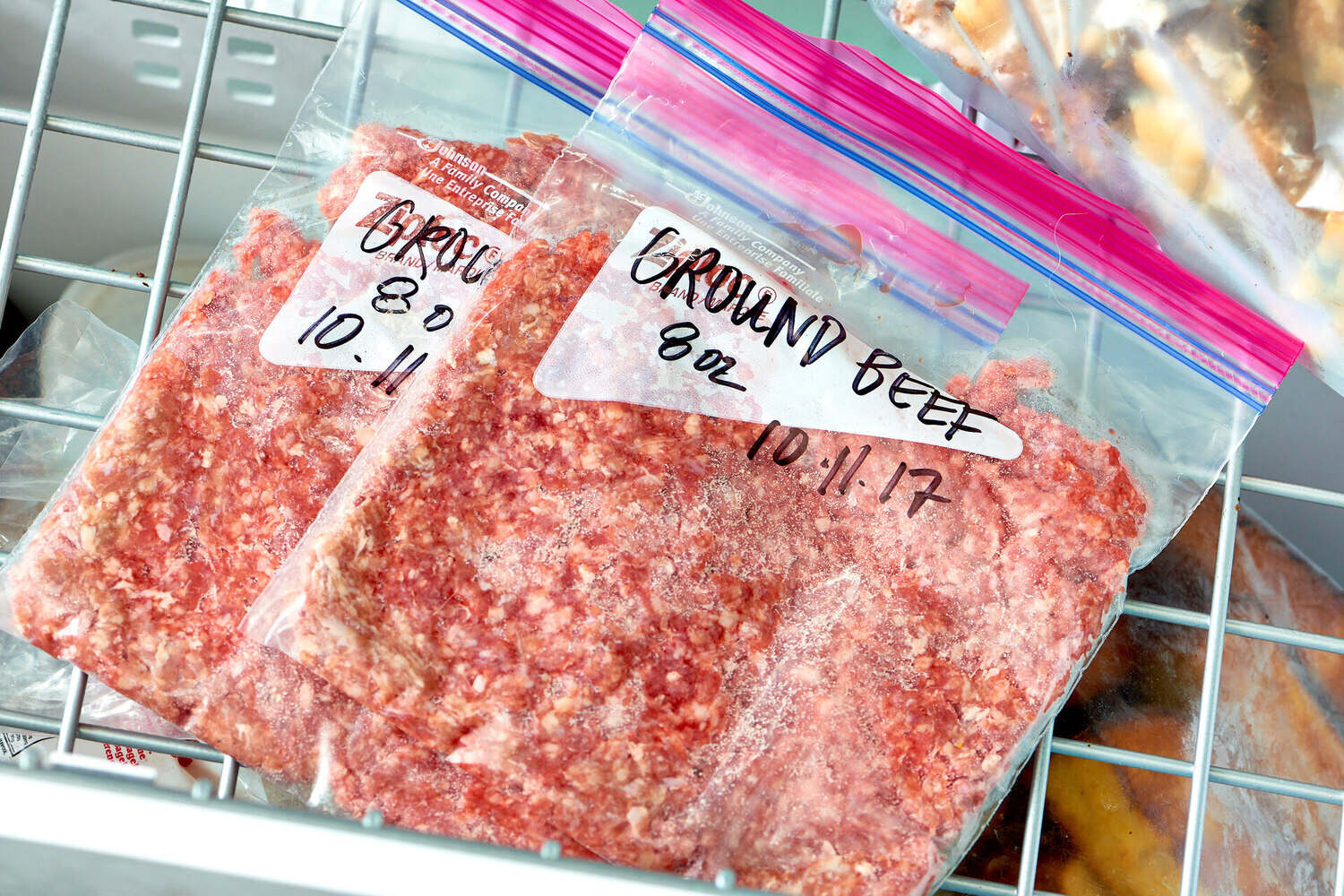
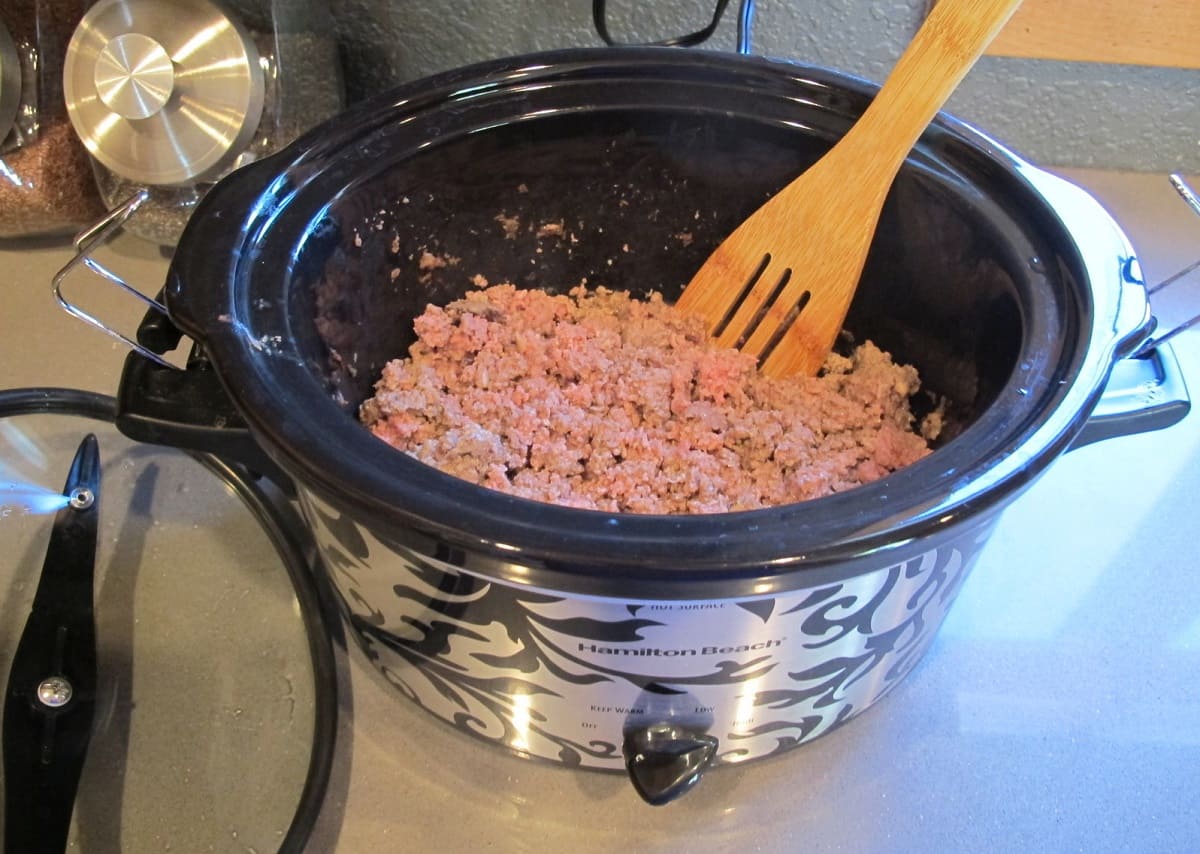
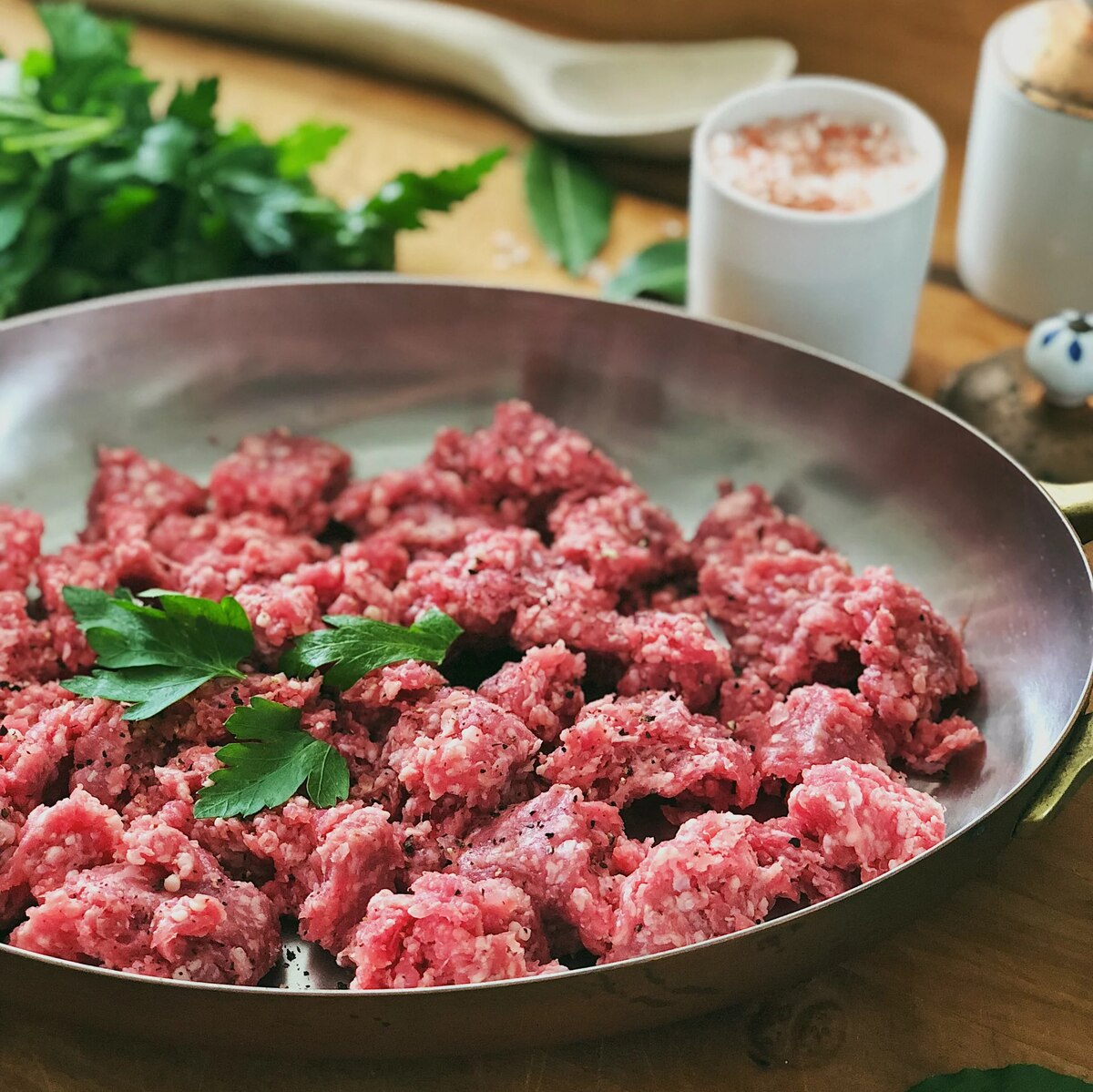
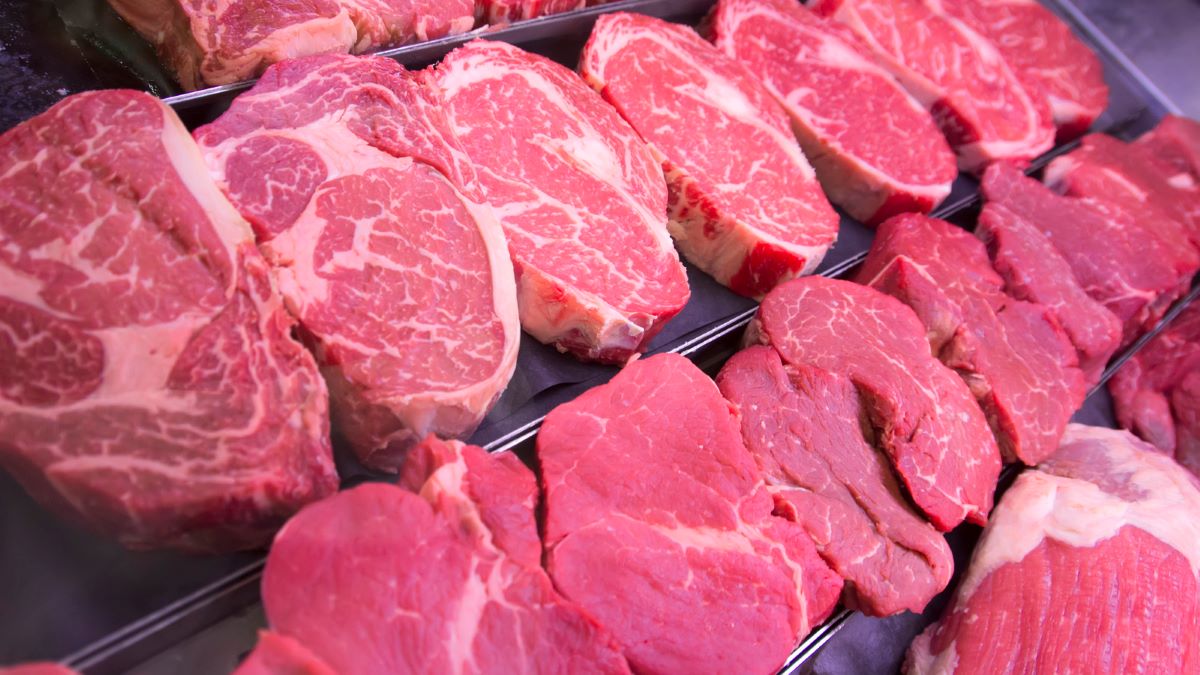
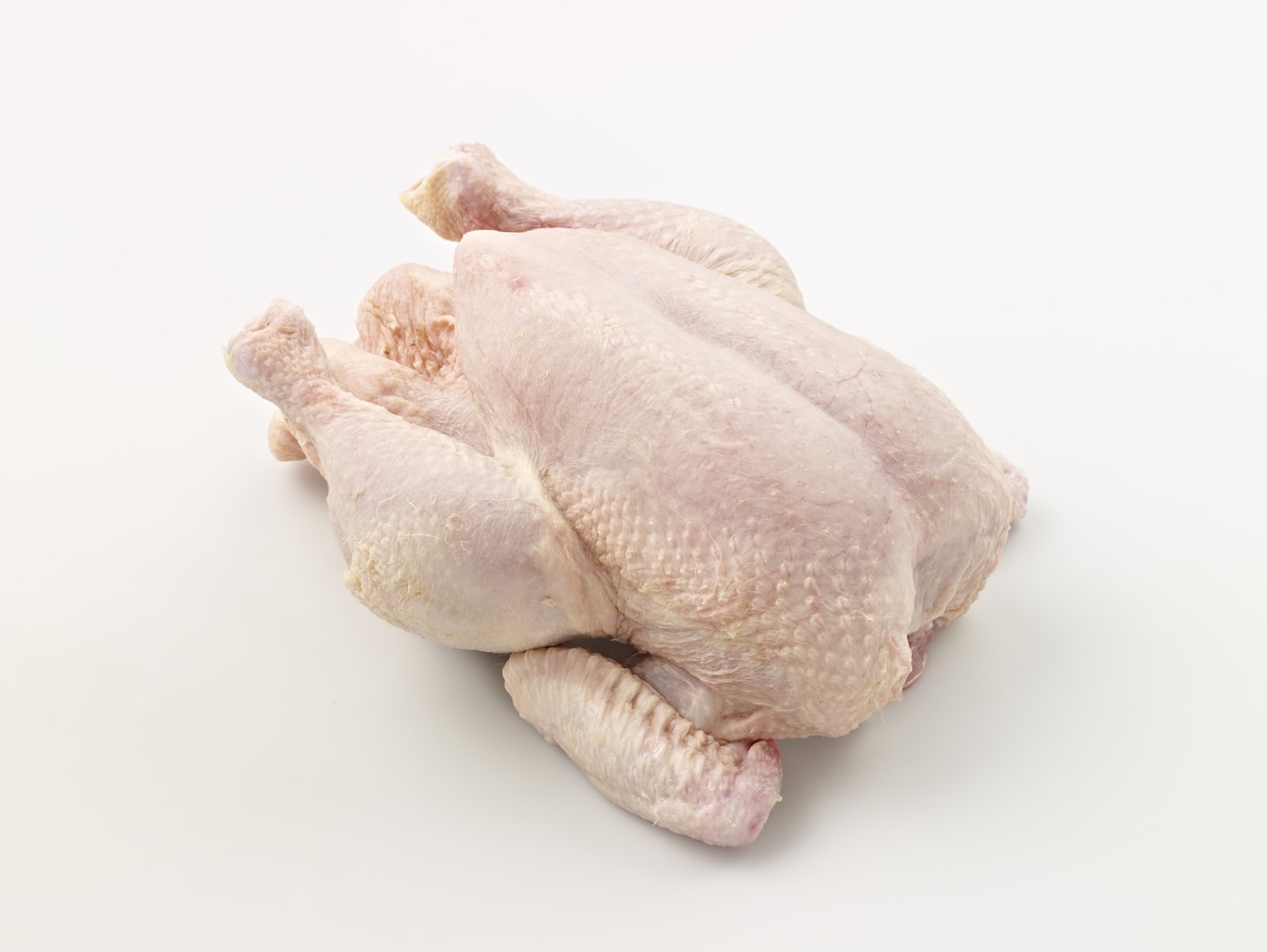
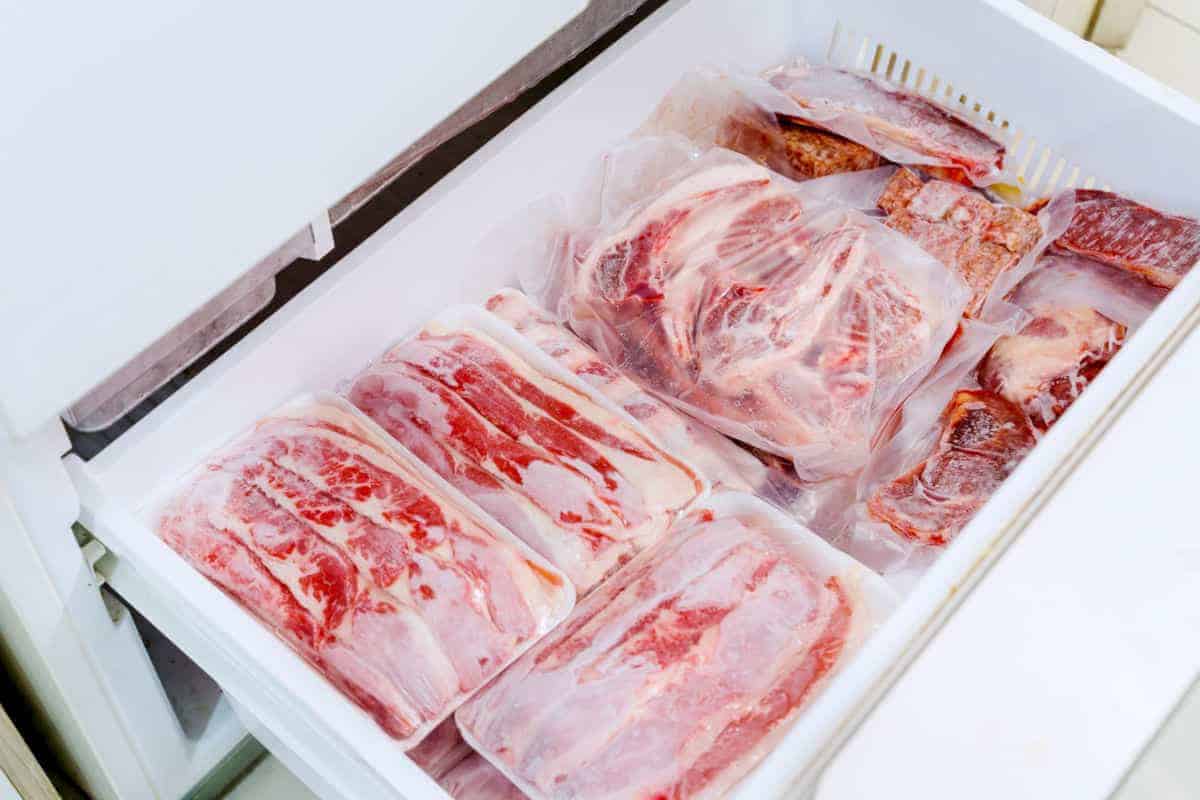
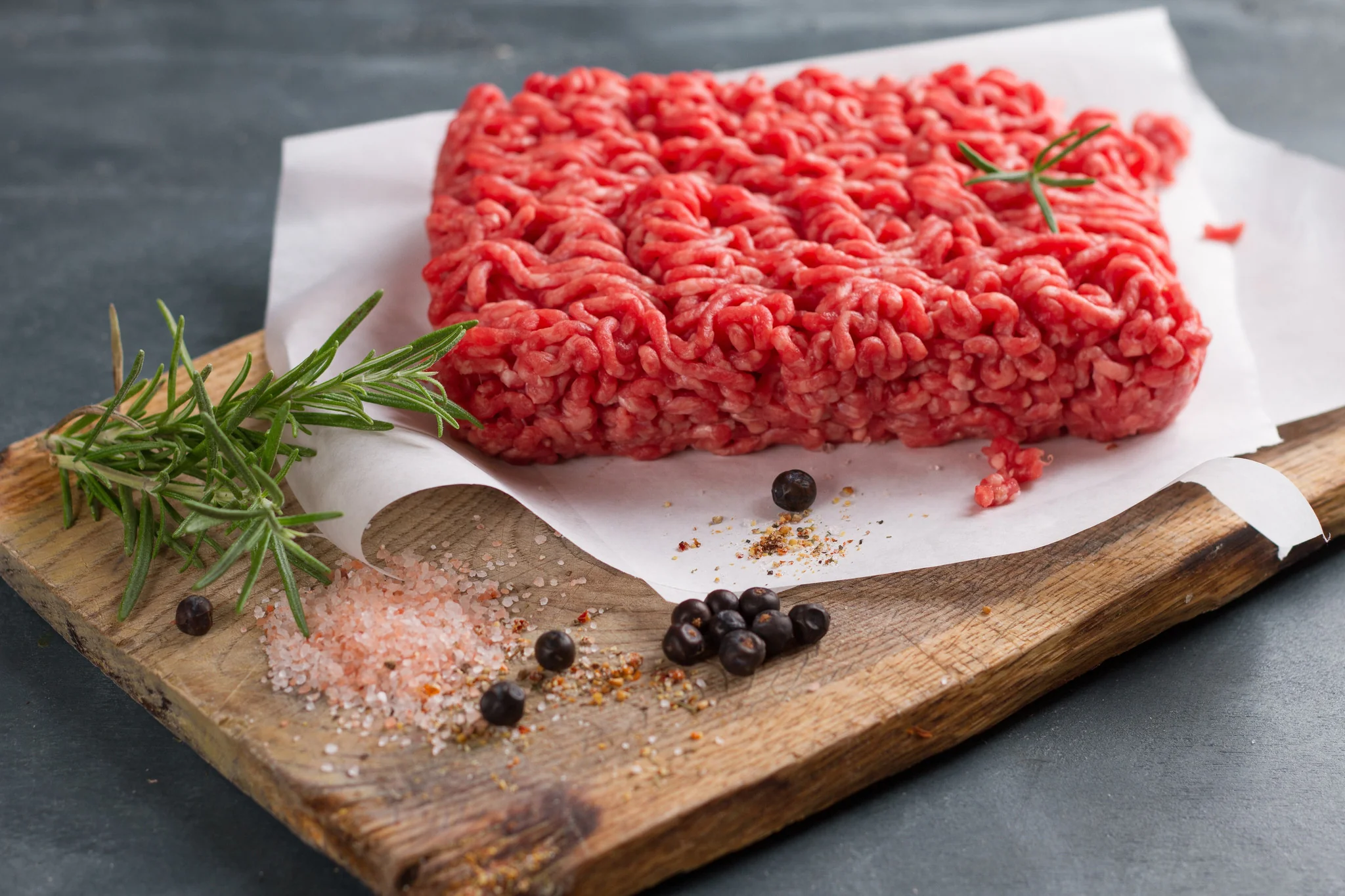
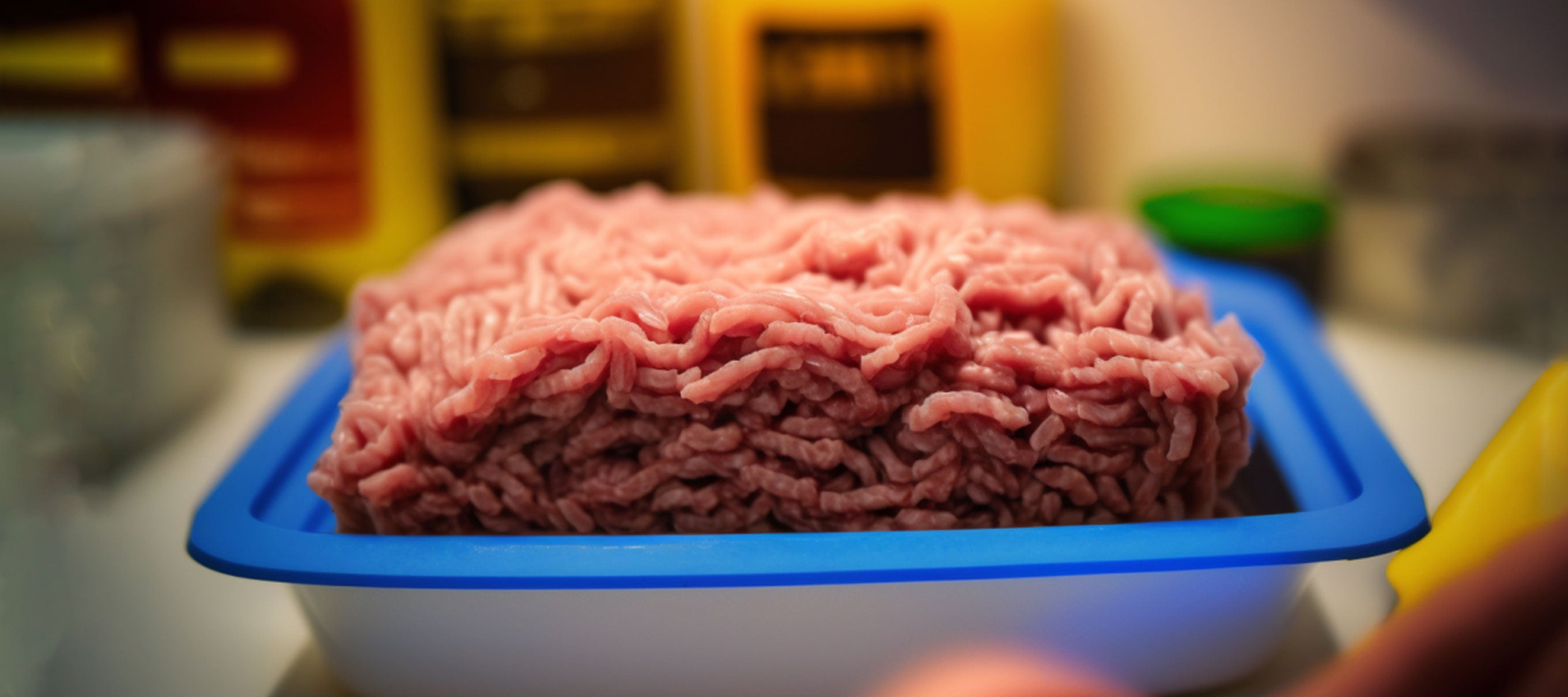
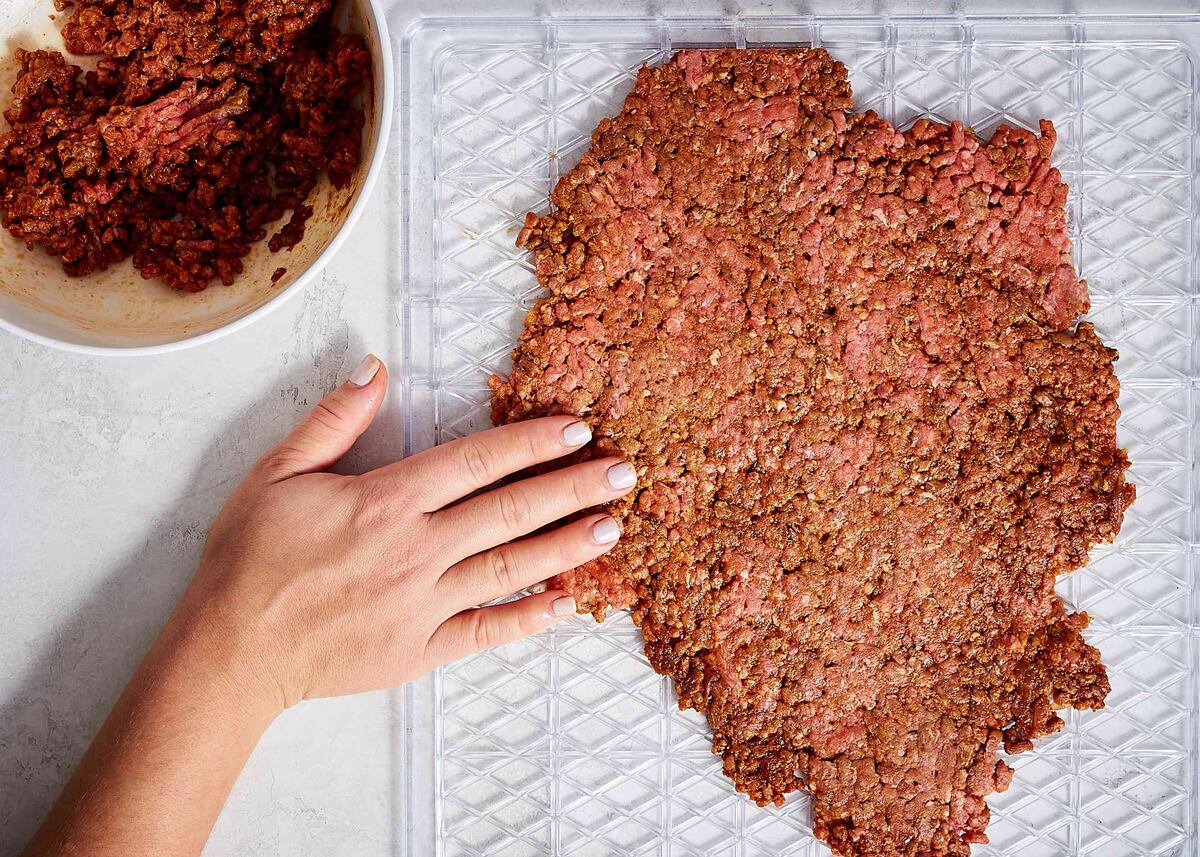
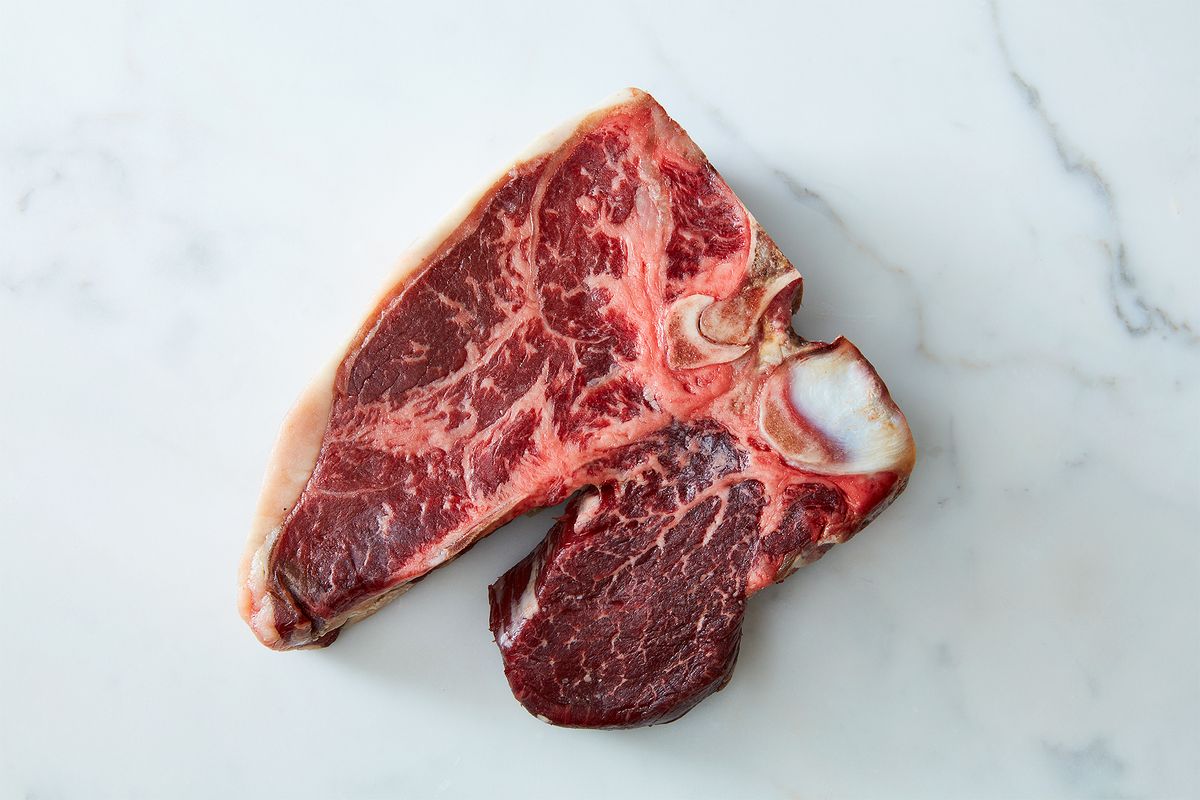
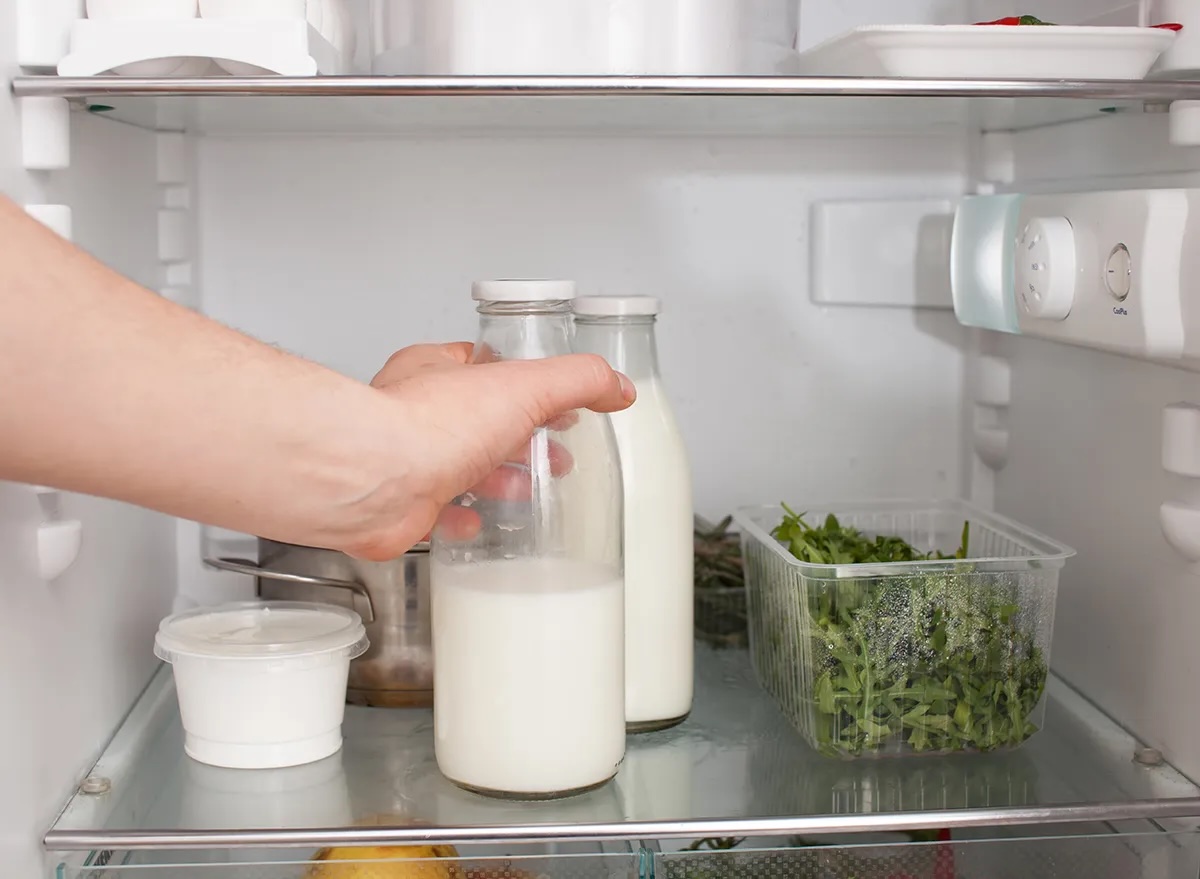

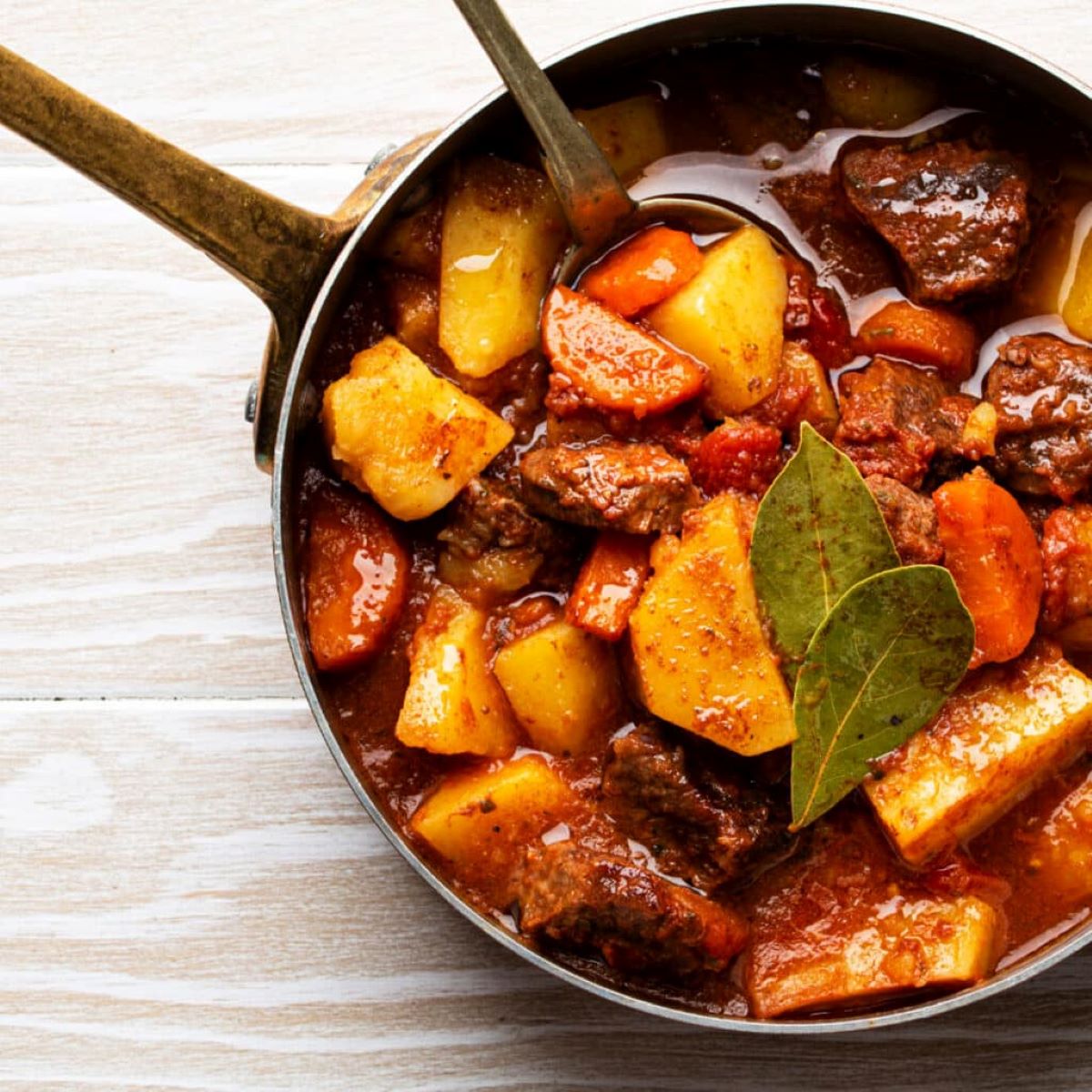

0 thoughts on “How To Store Raw Ground Beef”